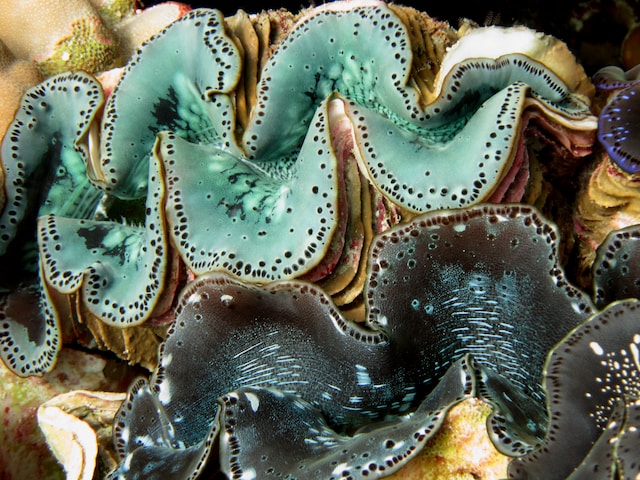In the relentless fight against climate change, scientists and researchers are constantly exploring innovative strategies to tackle the rising levels of carbon dioxide (CO2) in our atmosphere. Among these strategies, marine carbon dioxide removal has emerged as a promising avenue that could help us mitigate the impacts of climate change and restore the health of our oceans. Let’s delve into this groundbreaking approach and explore its potential for shaping the future of climate change mitigation.
The oceans have long played a critical role in regulating the Earth’s climate. They act as a vast carbon sink, absorbing significant amounts of CO2 from the atmosphere. However, the rapid increase in greenhouse gas emissions has pushed the ocean’s capacity to its limits, resulting in adverse consequences for marine ecosystems and the planet as a whole.
Marine carbon dioxide removal techniques aim to enhance the ocean’s ability to capture and sequester CO2, thus reducing its concentration in the atmosphere. These methods encompass a range of innovative approaches, including direct air capture, ocean fertilization, and the utilization of artificial alkalinity enhancement.
Direct air capture involves the deployment of specialized equipment that directly extracts CO2 from the atmosphere. Once captured, the CO2 can be stored deep within the ocean or converted into useful products. Although direct air capture is still in the early stages of development, advancements in technology and ongoing research hold promise for its potential implementation on a larger scale in the future.
Ocean fertilization is another technique gaining attention. By introducing specific nutrients into nutrient-depleted ocean regions, scientists aim to stimulate the growth of marine phytoplankton, tiny organisms that can absorb significant amounts of CO2 through photosynthesis. The idea is to trigger phytoplankton blooms, which act as natural carbon sinks, effectively sequestering CO2 from the atmosphere. However, this approach must be carefully managed to avoid unintended ecological consequences and ensure the sustainability of marine ecosystems.
Artificial alkalinity enhancement is an emerging method that involves the addition of alkaline substances to seawater. By increasing seawater’s alkalinity, its capacity to absorb and store CO2 is enhanced. This technique not only helps mitigate climate change but also addresses the issue of ocean acidification, a harmful consequence of increased CO2 absorption by the oceans. By restoring alkalinity levels, scientists aim to create a more favorable environment for marine organisms while simultaneously reducing atmospheric CO2 levels.
While marine carbon dioxide removal offers great potential, it is important to approach these techniques with caution and rigorous scientific evaluation. Potential risks and unintended consequences, such as disruptions to marine ecosystems or accidental CO2 release, must be thoroughly assessed and managed. It is vital that research, experimentation, and international collaboration are conducted to ensure the development of effective and environmentally responsible strategies.
To unlock the full potential of marine carbon dioxide removal, collaboration between scientists, policymakers, and industry stakeholders is crucial. Governments should provide support and funding for research and development initiatives while establishing international frameworks and regulations to govern the deployment of these technologies.
Opinion:
Marine carbon dioxide removal represents a frontier of innovation in the battle against climate change. While it is not a panacea, it offers a glimmer of hope in our fight to reduce greenhouse gas emissions and restore the health of our oceans. As we explore these techniques further, it is imperative that we prioritize sustainable and ecologically responsible approaches.
Investing in research and development is key to improving the efficiency, scalability, and environmental sustainability of marine carbon dioxide removal methods. Simultaneously, we must ensure the protection and conservation of marine ecosystems, safeguarding their integrity and biodiversity.
Marine carbon dioxide removal holds immense promise for shaping the future of climate change mitigation. By harnessing the power of the
oceans, we can strive towards a more sustainable and resilient future for our planet. It is a collective responsibility that we must embrace wholeheartedly if we are to secure a better world for future generations.











